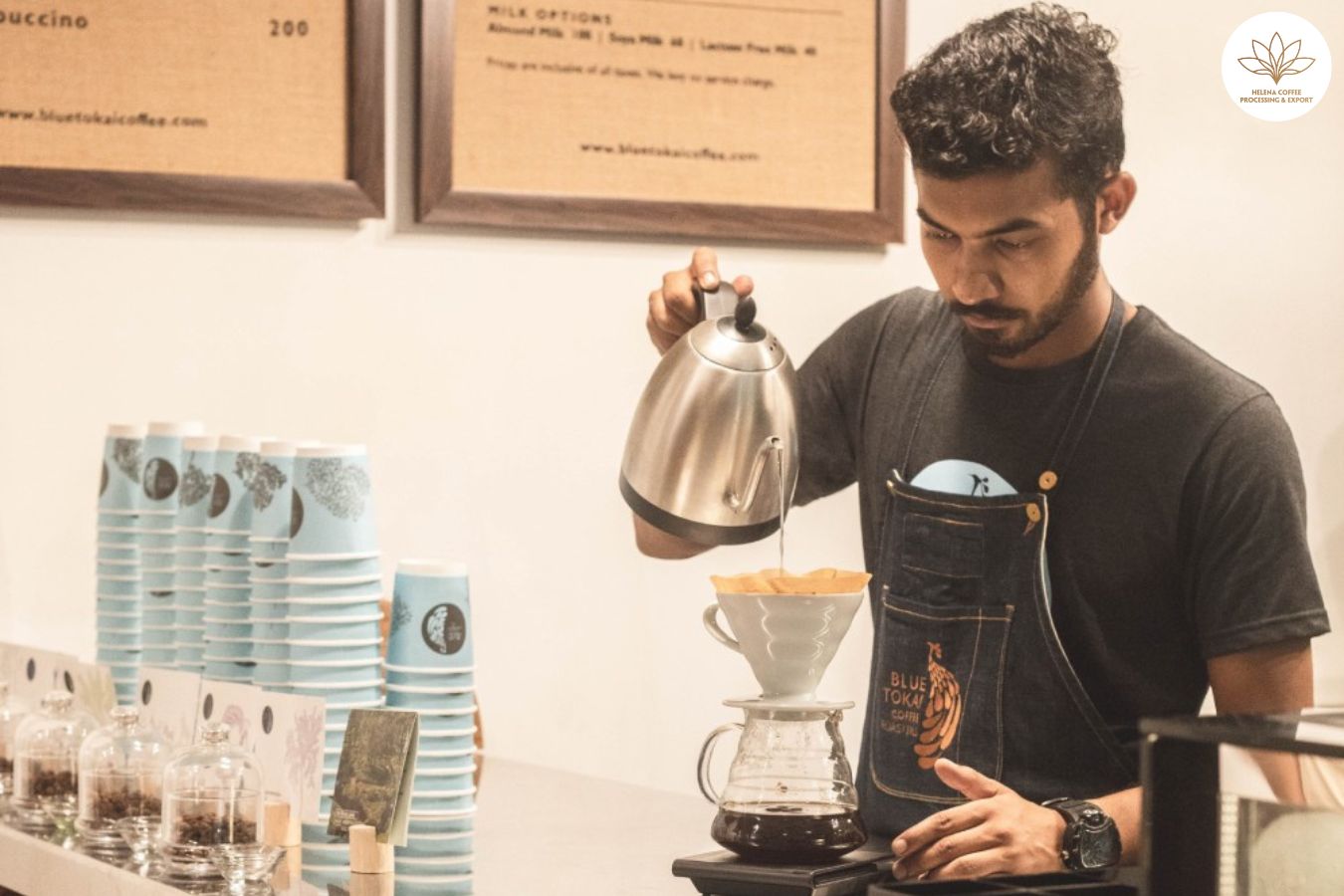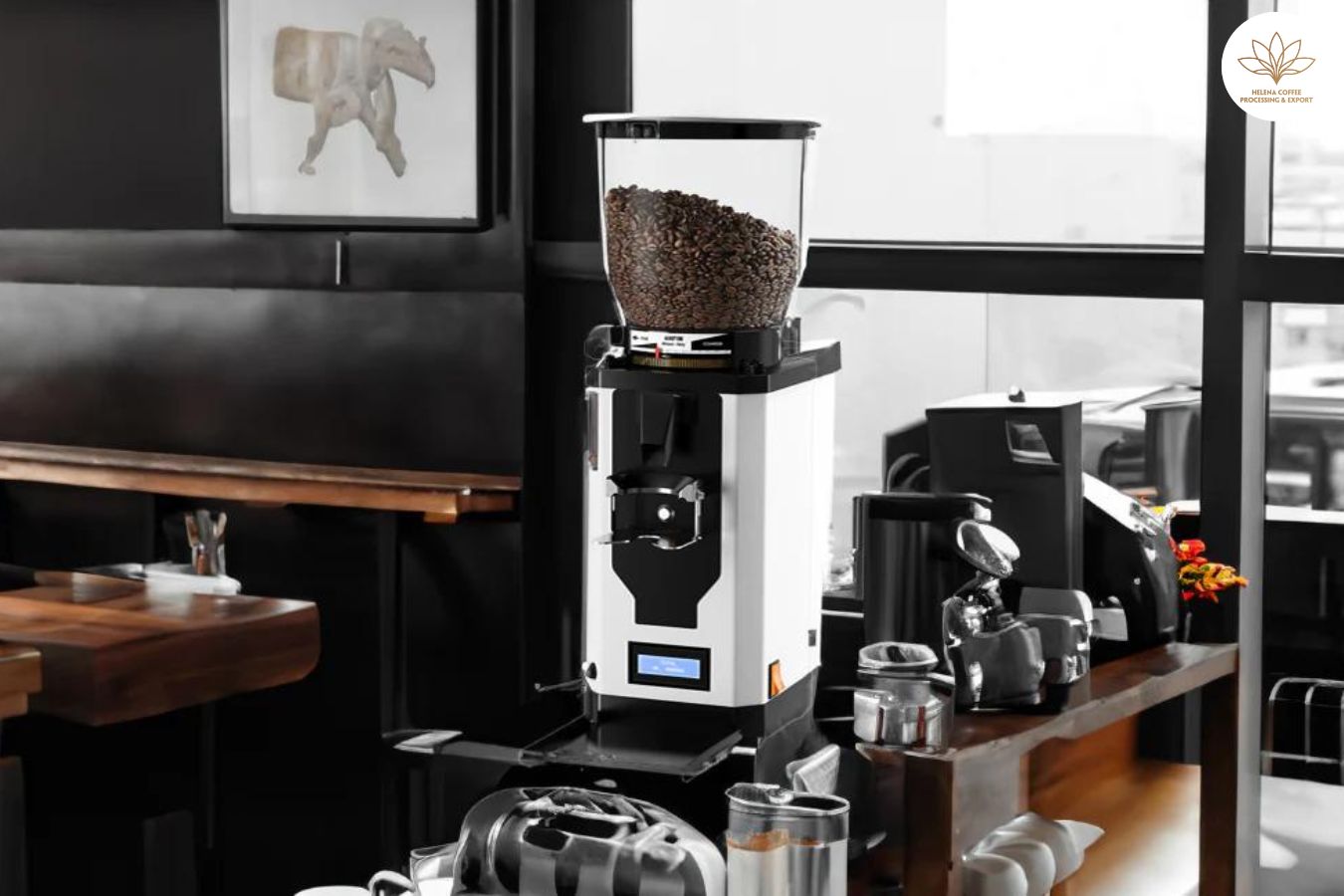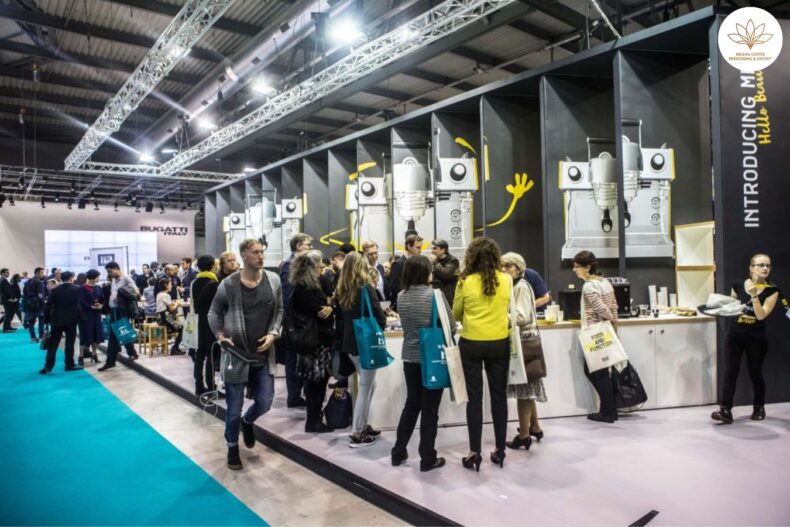
How is specialty coffee evolving outside: Specialty coffee’s popularity is rising globally, driven by multinational chains, quality focus, and at-home brewing. While North America and Western Europe remain major markets, emerging regions like Eastern Europe and South/Southeast Asia show growing interest.
Though many in these areas still prefer commodity and instant coffees, preferences are shifting as chains and independents expand into these markets, increasing specialty coffee’s reach.
To learn more about specialty coffee’s growth in emerging markets, I spoke with:
- Laurynas Arlauskas, Events Coordinator at the Lithuanian SCA Chapter
- Matija Hrkać, CEO/Operations Director at Cogito Coffee in Croatia
- Binny Varghese, Q Processing Consultant in India
This article builds on our previous tips for expanding into new markets. As specialty coffee spreads, it is beginning to resonate in less established regions, slowly supplanting commodity coffee dominance. Continue reading for insights into this steady eastern emergence.
WHAT’S DRIVING THE GROWTH OF SPECIALTY COFFEE?
Here is one way to rewrite the paragraph for improved flow and clarity:
Several key factors drive the growth of specialty coffee globally:
- Expansion of chains like Starbucks introduces new coffees, brewing, and drinks.
- Coffee professionals bringing knowledge back from abroad helps spread independent shops and interest.
- Younger generations with disposable income increasingly spend on higher-quality items like specialty coffee. Gen Z alone has around $360 billion.

- Health and sustainability matter more to consumers, spurring trends like plant milks and functional RTD coffees.
- At-home brewing rose during Covid, as people sought to replicate café quality at home.
In summary, the reach of multinational chains, returning coffee enthusiasts, wealthier younger demographics, health/sustainability considerations, and at-home brewing have all fueled the global growth of specialty coffee. As these trends converge worldwide, specialty coffee gains appeal and accessibility as an affordable luxury aligned with consumer values and lifestyles.
EASTERN EUROPE: A BLOSSOMING SPECIALTY COFFEE MARKET
Here is one way to rewrite the paragraph for improved flow and clarity:
While smaller than Western Europe, Eastern Europe’s specialty coffee market is actively growing – especially in the Czech Republic, Hungary, Croatia, Poland, Romania, and the Baltics.
For instance, Poland and Romania have seen significant specialty coffee shop increases recently. Hungary’s specialty scene exploded from 150 cafés in 2019.
Reflecting this growth, Specialty Coffee Association chapters now exist in Bulgaria, Czech Republic, Hungary, Lithuania, Poland, Slovakia, and Romania.
Laurynas Arlauskas, volunteer for the Lithuanian SCA chapter, notes it started 10 years ago to promote the barista career. “Specialty coffee ambassadors in the Baltics have influenced both older and younger generations by changing typical coffee drinker habits,” he says.
“Shops here attract not just enthusiasts but broader crowds seeking quality products.”
In summary, while smaller than Western Europe, Eastern Europe’s specialty coffee market is rapidly evolving, as demonstrated by the rising number of specialty cafés and SCA chapters. Targeted outreach has begun reshaping consumer perspectives on specialty coffee as a quality lifestyle choice.
Industry events are playing a key role in growing the market
Here is one way to rewrite the paragraph for improved flow and clarity:
Coffee events are proliferating globally, with emerging festivals in Eastern Europe signaling the region’s growing specialty coffee interest. Examples include:
- Prague Coffee Festival
- Warsaw Coffee Festival
- Bucharest Coffee Festival
- Vilnius Coffee Festival
- Zagreb Coffee Break
Zagreb Coffee Break launched in 2018 to connect local and international coffee communities. Matija Hrkać, CEO of Croatian specialty roastery Cogito Coffee, notes that while still small, Croatia’s specialty market is changing quickly.
“Croatia attracts many tourists seeking specialty cafés, letting us showcase quality coffee to visitors and locals,” he explains. “Younger Croatians especially, who travel more, help spread knowledge as an educated customer base.”
In summary, the surge of Eastern European coffee festivals highlights increasing regional engagement. As Matija observes in Croatia, tourism and youth exposure to global coffee cultures is rapidly expanding local specialty markets. These emerging events provide venues to connect local and international specialty communities.
THE SOUTHEAST ASIAN MARKET
Here is one way to rewrite the paragraph for improved flow and clarity:
Specialty coffee is making major inroads in Southeast Asia, with analysts predicting robust growth in ASEAN countries:
- Indonesia
- Malaysia
- Philippines
- Singapore
- Thailand
- Vietnam
Per Euromonitor, specialty coffee sales in Southeast Asia grew 6% annually from 2014-2019, exceeding the 5% global average.
Growth drivers include popularity with younger consumers and increasing premium coffee availability. For example, Thailand now has many qualified young coffee professionals while consumers spend over $1 billion on coffee annually, with $33 million on “premium.”
Cold coffee drinks have also skyrocketed, with high-quality RTD options widespread. Given Southeast Asia’s traditional tea dominance, specialty coffee’s foothold is remarkable.
In summary, Southeast Asia represents a high-potential specialty coffee market, outpacing global growth rates. Younger generations and premium product access have fueled surging consumer demand. For traditionally tea-focused countries, specialty coffee’s expansion marks a dramatic shift in consumer preferences and spending.
LOOKING AT SOUTH ASIA: FROM PRODUCTION TO CONSUMPTION
Here is one way to rewrite the paragraph for improved flow and clarity:
Though in early development stages, South Asia’s specialty coffee market shows strong potential, especially India. India’s coffee drinkers have rapidly increased over 20 years due to rising incomes, evolving preferences, and global coffee culture exposure.
Binny Varghese, Indian coffee consultant and filmmaker, notes “An increasing trend of specialty shops and chains opening across India. Producers are also pushing boundaries with innovative coffee processing.”

While other markets like Pakistan and Sri Lanka are less mature, Nepal has grown significantly, as Binny explains: “Nepal makes noise with more barista schools than India. Tourism in Kathmandu helped shape specialty coffee culture. And frequent local SCA events drive innovation.”
In summary, though nascent, South Asia’s specialty coffee landscape is actively evolving, driven by India’s growth. More specialty cafes and progressive processing signal promising momentum. And engagement from local SCA communities will further development in the region. Despite being early-stage, India and Nepal demonstrate South Asia’s strong specialty coffee potential.
Improving coffee production
Here is one way to rewrite the paragraph for improved flow and clarity:
As coffee producers, India, Nepal, and Sri Lanka have huge potential to enhance quality across the supply chain. With more support for improved farming practices, growth seems likely in coming years. However, producers in these regions face steep challenges like poor infrastructure and limited skilled labor.
As Binny Varghese explains, “Coffee is not the top priority cash crop in Nepal, Pakistan, and Sri Lanka. Skilled knowledge is scarce and climate change brings added problems like flooding in Pakistan.”
In summary, while promising as producers, South Asian countries lack resources to maximize coffee quality currently. But with the right investments in infrastructure, training, and climate-resilient practices, these origins could significantly improve and supply regional specialty coffee markets. Tapping this production potential alongside specialty coffee demand growth will require addressing urgent supply-side challenges.
FAQS:
